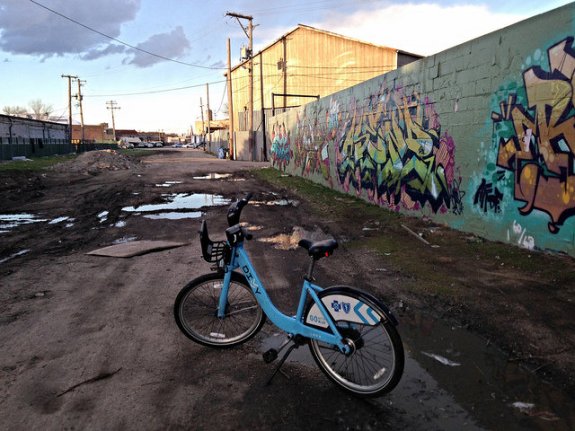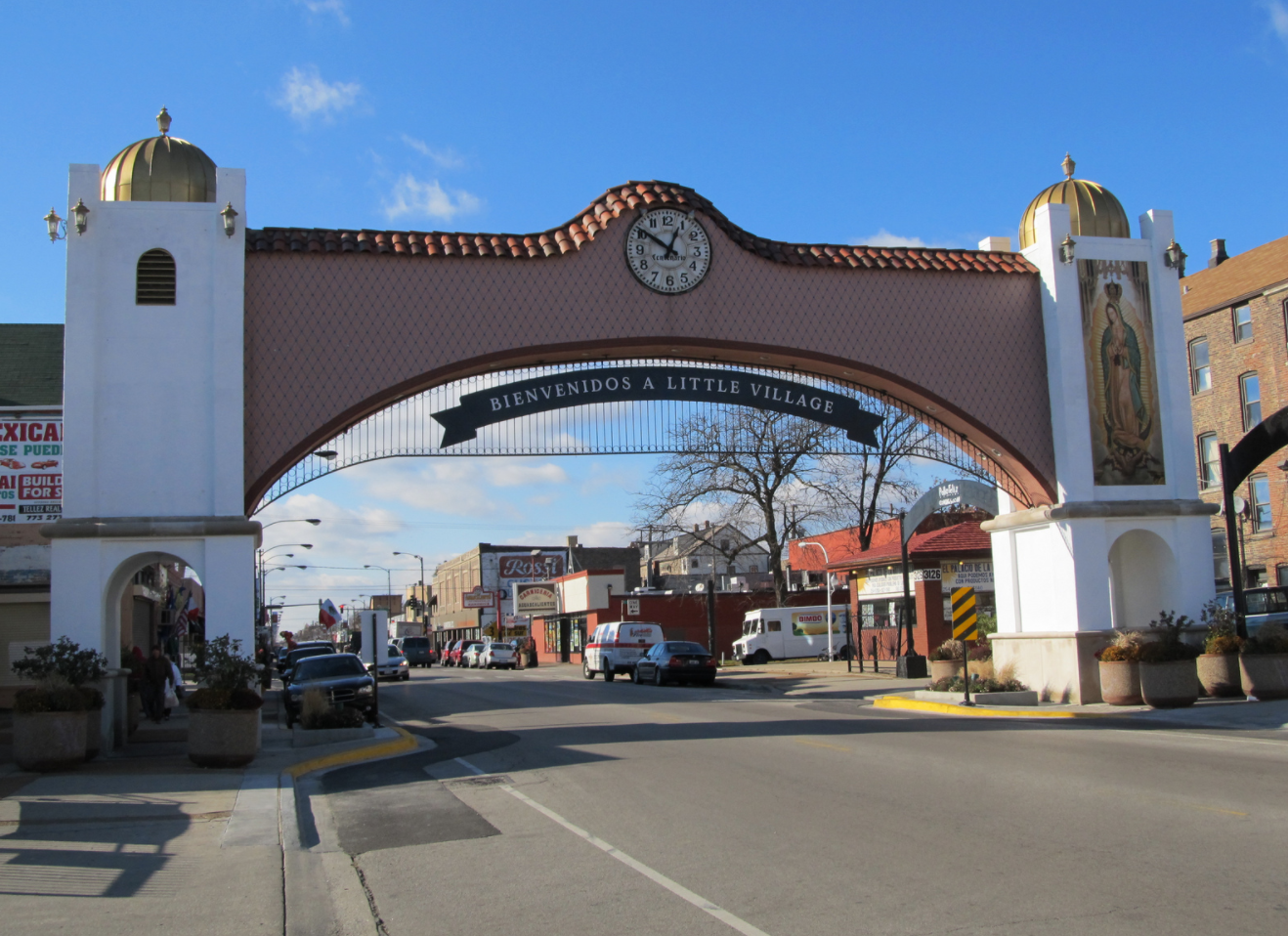Earlier this week, Mayor Rahm Emanuel, along with aldermen Daniel Solis, Ricardo Muñoz and George Cardenas. released a new preservation plan for Little Village and Pilsen. Pilsen particularly has seen a sharp decline in its Latinx population over the last ten years. According to data from the American Community Survey and research released in 2016 by University of Illinois at Chicago professor John Betancur and grad student Youngjun Kim, more than 10,300 Hispanic people had left Pilsen since 2000.
The city plan outlines varying strategies, from an affordable requirements ordinance pilot for a 7.2 square-mile area of Little Village and Pilsen, to the landmark designation of certain parts of 18th Street and Blue Island Avenue, along with other streets.
It's a breath of fresh air for there to be a clear acknowledgment from City Hall that more needs to be done to tackle Chicago's affordable housing crisis. But, upon closer inspection, the proposal leaves much to be desired.
Under the ARO pilot, the affordable housing requirement for new developments of ten or more units would increase from 10 to 20 percent of total units, with new provisions to increase the number of family-size units. The in-lieu fee for developers who instead choose to pay into the city's Affordable Housing Opportunity Fund to build units elsewhere would increase by $50,000 per new market-rate unit. At least half of the required affordable units, or 10 percent of the total unit count, would have to be built on site. The pilot area boundaries in Pilsen would generally be bounded by Peoria Street, 16th Street, the Sanitary and Ship Canal and Western Avenue. The boundaries in Little Village would generally be bounded by Western Avenue, Metra's BNSF line tracks, the Stevenson Expressway and the city limits.
Since our city is in dire need of affordable housing, only requiring 10 percent of on-site units to be affordable, while allowing developers the loophole of paying for additional units to be built offsite, is an incredibly low standard. If we are truly dedicated to preventing the displacement of current neighborhood residents, we need to mandate that all of the affordable units be built on-site.
The plan also states that the city will use money from the affordable housing to build more low-cost units within Pilsen and Little Village, but it's difficult to take the city on its word on that because so far the fund has not helped create affordable housing in Pilsen.
And while the pilot states that there will be new provisions for larger units to accommodate families, this creates no guarantee that the vast majority of new apartments in the pilot area won't be too small or too expensive for working-class families. If this is the case, the displacement of families from our communities will continue.
One of the most crucial flaws of the proposal is that that the rent of the new affordable units would not reflect the average income of Latinx families in Pilsen or Little Village. According to data from the American Community Survey, the average household income for a Latinx family in Pilsen in 2013 was $32,126 annually. The current ARO requires that rental units be affordable to families earning up to 60 percent of the area median income. Currently this is about $51,000 for a family of four, which is almost 60 percent higher than that of the average Pilsen Latinx family. In order to create true affordability, the ARO rules need to be changed to reflect the actual incomes of poor and working-class people in Pilsen, Little Village, and other communities across the city.

The plan also announces the city's intention to introduce an ordinance to buy four-miles of disused railroad right of way from the BNSF Railway in order to build the proposed Paseo trail. I believe firmly that all Chicago families deserve access to open space and recreational facilities. However, with such weak provisions to create affordable housing in Pilsen and Little Village, it is irresponsible to continue with the plan for the path. Before the project moves forward, the city must commit to stronger protections to protect families from displacement along the corridor. We must view the skyrocketing housing costs associated with The 606 trail as a cautionary tale and demand more from our leaders. Otherwise, El Paseo could be just another example of an amenity that forces longtime residents out of their homes, so that they're not around to benefit from it.
We are at a critical juncture in our city's history, and we need to continue to challenge top-down plans that don't actually serve the interests of current community members.





